Summary
- Soundstage is the perception of a 3D space created by speakers or headphones, bringing music to life.
- Speaker design, placement, room acoustics, and recording techniques all impact soundstage.
- The need for a wide soundstage depends on the music genre; training your ears with specific tracks can enhance perception.
Most music lovers know what stereo sound is, but did you know that there’s a whole other dimension of sound happening in your headphones and speakers that you might not even realize is there? It’s called soundstage, and it’s the difference between listening to a track and feeling like you’re sitting inside the recording studio or right in front of a live stage. Let’s dig into this elusive audio phenomenon.
Simply Speaking, What Is Soundstage?
Picture yourself at a live concert, eyes closed. Even without seeing the stage, you can tell the drummer is in the back, the singer is front and center, and the guitarists are off to the sides. That mental map you create, where each sound comes from, how far away it feels, and even if it’s above or below you, is what audio enthusiasts call the soundstage.
Every so often, audiophile debates veer off into what seems like philosophical territory. One moment, they are swapping headphone recommendations and raving about specs; the next, someone’s heatedly arguing about whether soundstage is even a thing in headphones, whether it’s just glorified imaging, or whether it’s all just an elaborate illusion cooked up by your brain and a pair of well-tuned drivers. But, in actual fact, even though it might be subtle, maybe a bit elusive, it is very real.
Soundstage is the illusion of a three-dimensional space created by your audio system. It’s how your speakers or headphones trick your brain into thinking you’re in the room with the musicians. When soundstaging is done right, the music feels wide, deep, and even tall. It’s the difference between hearing a song and being inside it.
Here’s how it breaks down:
- Width: This is how far left and right the sounds seem to stretch. A wide soundstage makes it feel like the music surrounds you, rather than being squeezed between your ears.
- Depth: This is about front-to-back distance. Can you sense which instruments are closer or farther away? A good soundstage lets you pick out layers, like the singer up front and the drums in the back.
- Height: Some high-end audio setups even give a sense of vertical space. For example, a cymbal might feel like it’s shimmering above the rest of the band.
You don’t need to be an audiophile to appreciate this. Even if you are not so much of an analytical listener, you should be able to tell when a song feels “real” and spacious instead of flat and small. And it all depends on several factors.
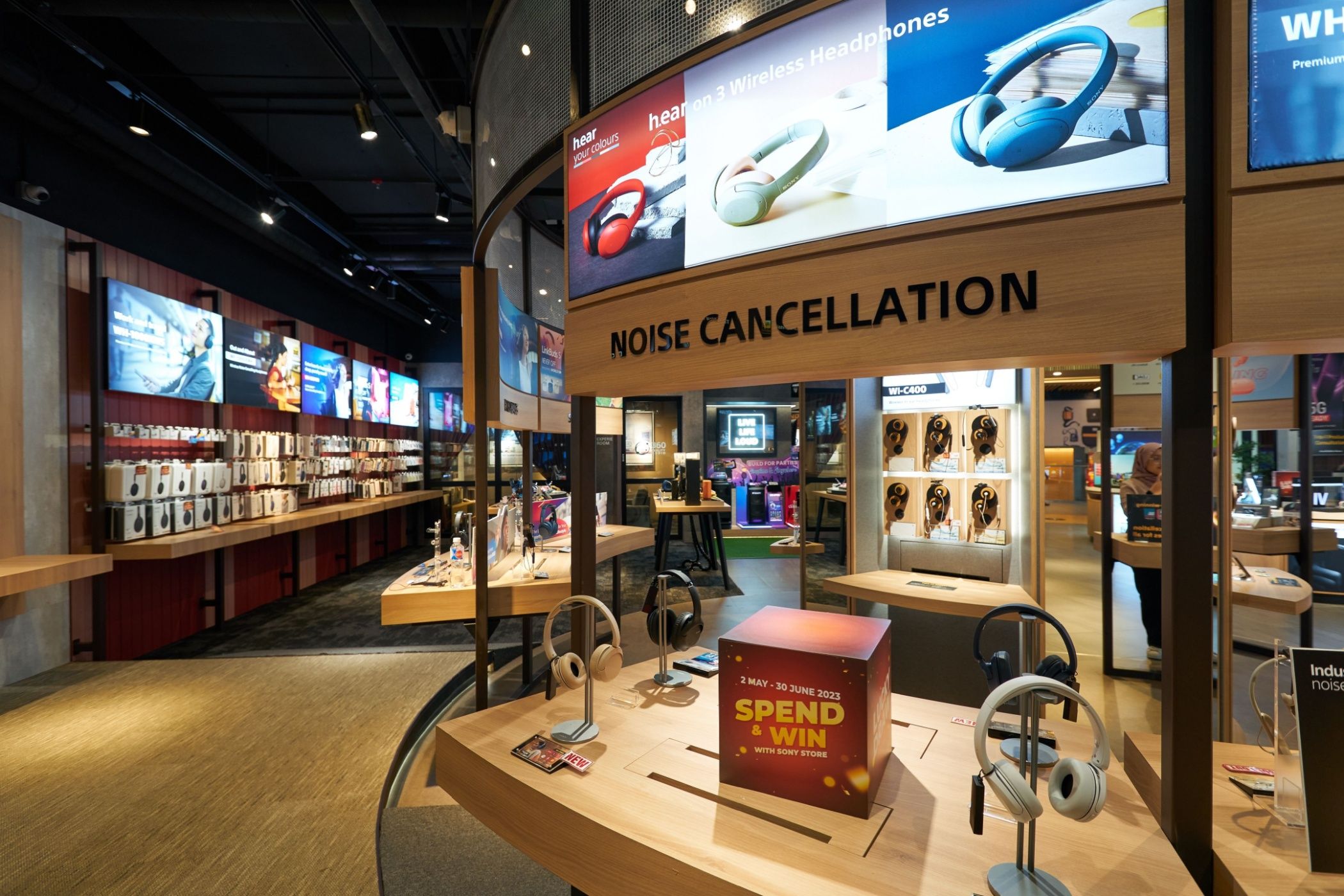
Related
10 Essential Audio Terms Every Beginner Should Know
It’s some form of Elvish, I can’t read it.
Factors That Affect Soundstage
Several factors and elements—from design and setup to production and environmental—come together to determine how good a piece of music’s soundstage is delivered. Let’s get into them.
Speaker and Headphone Design
For speakers, it’s not just about how big they are or how loud they can get. The driver type and size (woofers, subwoofers, tweeters), the way the cabinet is built (whether it’s sealed, open baffle, dipole, or bipolar, for example), and even the crossover components, all play a role in how and in which directions sound is projected and how spatial cues come across. Certain speaker designs, like open-baffle models or well-engineered dipole speakers such as the Magnepan LRS+, are especially known for creating an expansive, immersive soundstage, and even more mainstream options like the KEF LS50 Meta or ELAC Debut 2.0 can deliver impressively lifelike imaging for their size. Basically, the better the design, the more lifelike the sound feels.
For headphones, the driver technology (dynamic, planar magnetic, ribbon) and headphone style (open-back vs. closed-back) significantly influence the soundstage. Open-back headphones are known for their expansive soundstage because their design allows sound to flow more naturally in and out of the ear cups, reducing internal reflections and creating a more spacious, airy listening experience that mimics how we hear sound in a real environment. Some closed-back headphones like the Sennheiser HD 820, for instance, have decent soundstage, but the real heavy-hitters are open-back headphones, such as the Sennheiser HD 800 S and the Beyerdynamic DT 990 Pro.
Speaker Placement and Setup
Where and how you position your speakers relative to your listening position dramatically affects the perceived width, depth, and height of the soundstage. Speakers placed too close together can create a narrow, congested soundstage, while those too far apart may sound disjointed or overly wide without focus.
The angle or toe-in of the speakers also matters; aiming them toward your ears can help create a coherent and well-defined center image. Height placement can add vertical dimension to the soundstage, making it feel more three-dimensional.
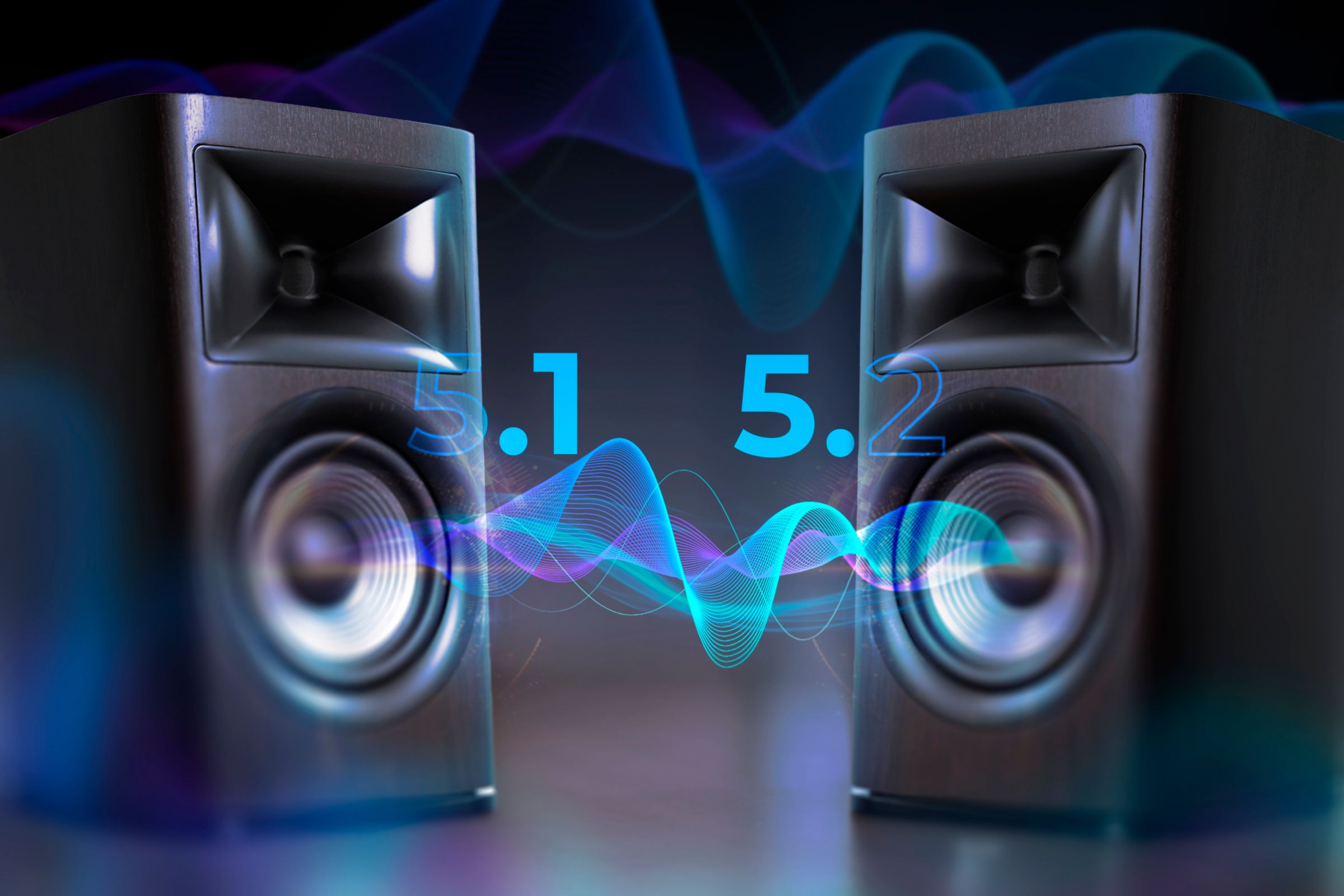
Related
9 Common Speaker Placement Mistakes (and How to Avoid Them)
Watch out for these pitfalls!
Room Acoustics Play a Big Part
Your listening space is arguably one of the most critical factors when it comes to soundstage. The size, shape, and materials on your walls, floor, and ceiling all influence how soundwaves reflect, absorb, or diffuse before reaching your ears. If you have bare walls, tile floors, or big windows, sound tends to bounce around like a pinball. This can lead to harsh echoes and a kind of sound soup where it’s tough to tell what’s coming from where.
However, in an acoustically treated room, you’ll hear the depth that was buried under all those nasty reflections. The soundstage opens up and feels more natural.
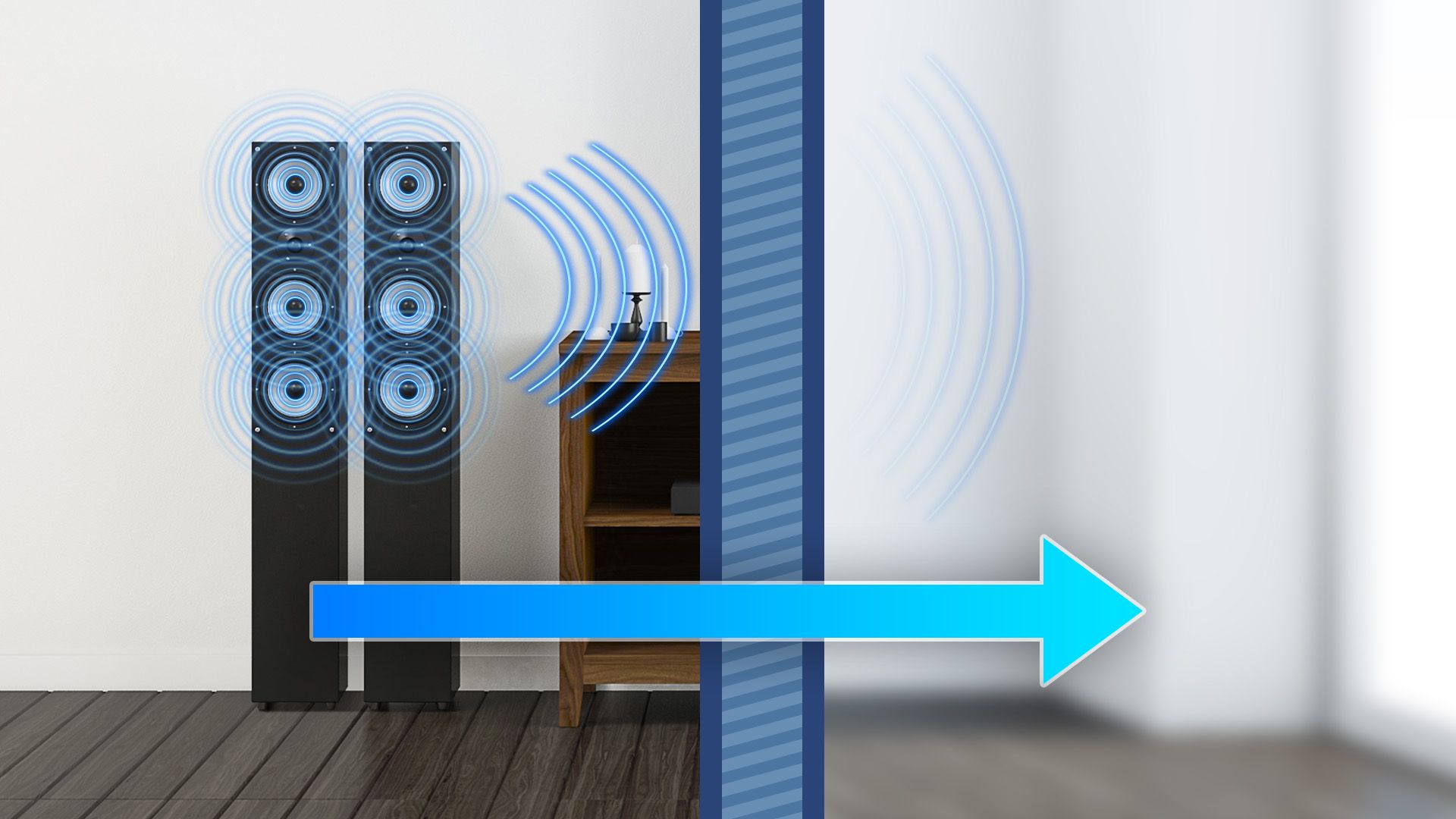
Related
9 Soundproofing Tips for Home Theaters
Music and movies are meant to be heard, not overheard.
Recording and Production Techniques
If the recording of a song itself wasn’t done with space in mind, even the best speakers and a perfect room wouldn’t save it. Engineers can shape the soundstage during recording using tricks like stereo miking, room miking, and just the right touch of reverb or delay. These subtle details add a sense of depth to the music recording and help place each instrument in its own little corner of the mix. But if everything was recorded up-close or in mono, you’re likely to get a flatter, less dimensional soundstage.
Listener’s Hearing and Perception
Every pair of ears (and brain) processes sound a little differently. Age, hearing health, even your mood, or what you expect to hear, can shape how that soundstage feels. One person might be floored by the depth and separation in a track, while someone else hears the same thing and shrugs. It’s part science, part psychology. That’s what makes listening so personal and fascinating.
Do You Need a Wide Soundstage to Have Good Audio?
You don’t need a wide soundstage for good audio. For context, if you mostly listen to pop, hip-hop, or electronic tracks where sounds are more centralized rather than spatially spread, a wide soundstage isn’t exactly make-or-break. In fact, too much width can sometimes make these mixes sound oddly hollow or distant. Instead, what matters more in these genres is clarity, zest, and detail. These are qualities you can absolutely get from headphones or speakers with a more intimate presentation.
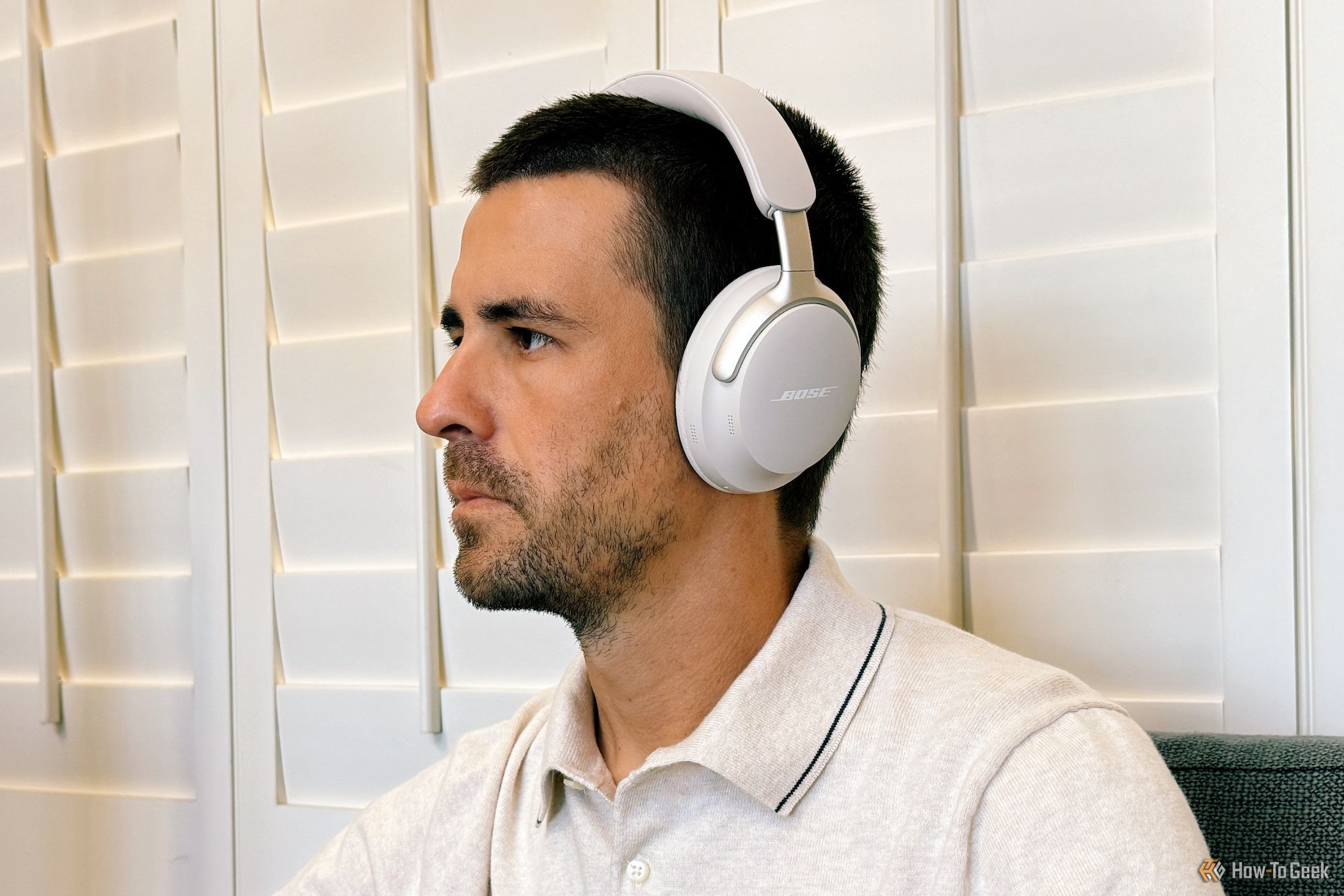
Related
Here’s How to Pick the Best Headphones for Your Needs
We make it slightly less bewildering.
Now, if you’re more of an orchestral person, or you dig jazz ensembles, live recordings, or atmospheric gaming and movie soundtracks that really paint a scene, then yes, a wide and accurate soundstage becomes genuinely worthwhile. It’s pretty amazing when you can actually pinpoint where each instrument is sitting in the mix (left side, right side, way back there, right up front). That spatial awareness adds a ton of realism and helps you catch subtle nuances that might otherwise just blur together.
Testing Soundstage With Specific Tracks Can Train Your Ears
When it comes to soundstage, there’s no substitute for training your ears, and one of the best ways to do that is by listening to well-chosen tracks that stretch the boundaries of stereo imaging and instrument placement. Obviously, results will vary depending on your speakers/headphones and other factors I outlined above, but you’ll still be able to get an idea. Start with songs known for their wide stereo imaging and 3D-like depth. I’ve got some solid recommendations that I genuinely think are stellar:
As you listen, try to zero in on where each instrument feels like it’s coming from. Is that snare drum anchored dead center, or does it lean a bit to the left? Can you feel the guitar coming from the back right corner of the room? Does the vocal sit forward in the mix, or does it feel recessed and distant? These details matter, especially when you’re comparing different headphones, speakers, or even music formats.
It’s also worth saving this reference playlist of these spatially interesting tracks. Keep it within reach whenever you try new gear or tweak your setup. This consistency helps you isolate changes in equipment from changes in the music itself. Over time, you’ll start to recognize when a system has a flat, narrow stage as opposed to one that makes everything sound three-dimensional around you.
Ear training takes time, so don’t worry if everything sounds muddled at first. The more you practice with intention, the more your brain will start to pick up on the nuances.
I suppose that by now you see that the concept of soundstage is actually a big part of what makes listening to music feel truly immersive. So, the next time you’re testing out new headphones or speakers, trust your ears and see just how wide, deep, and real the sound can feel!


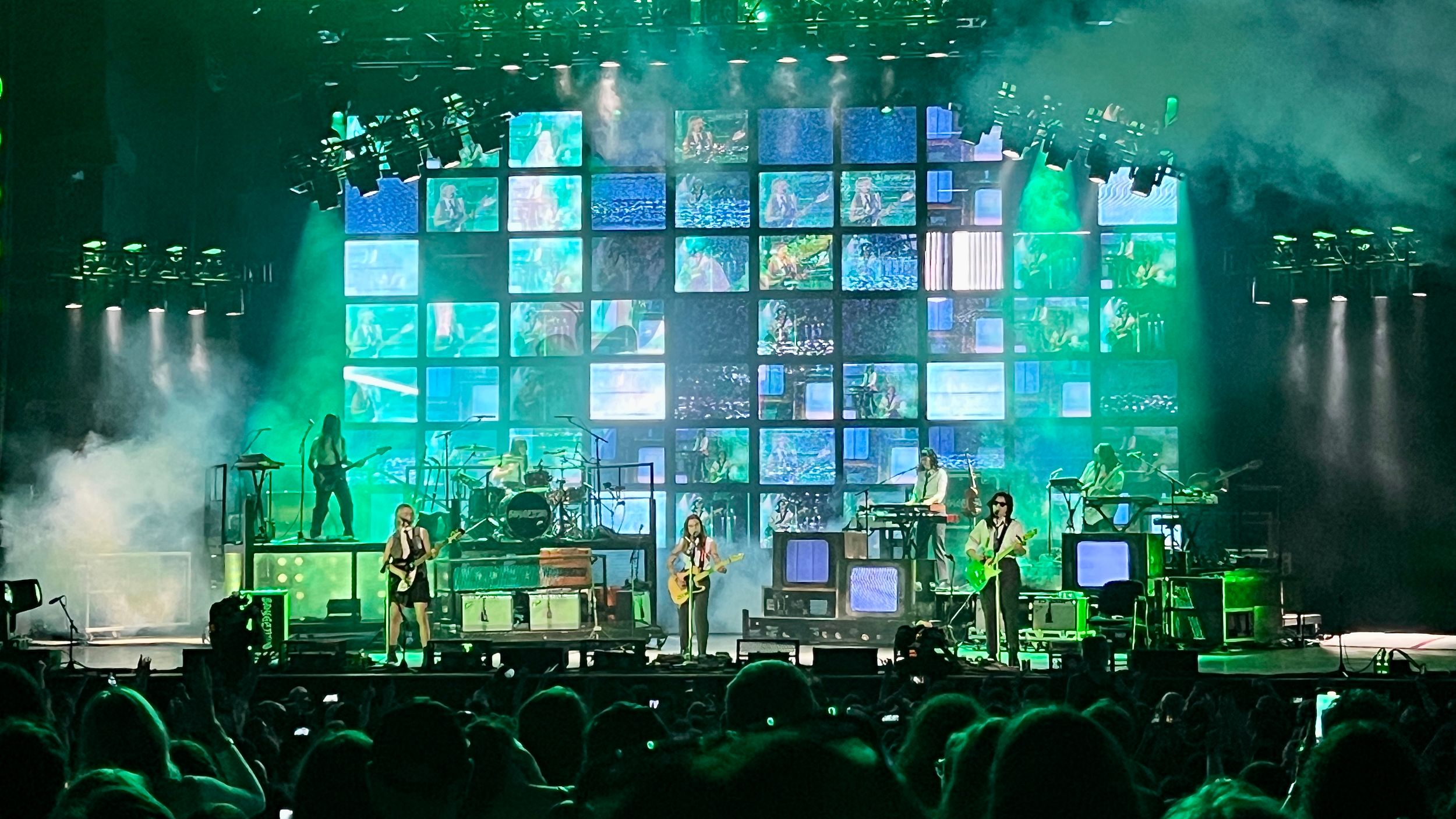
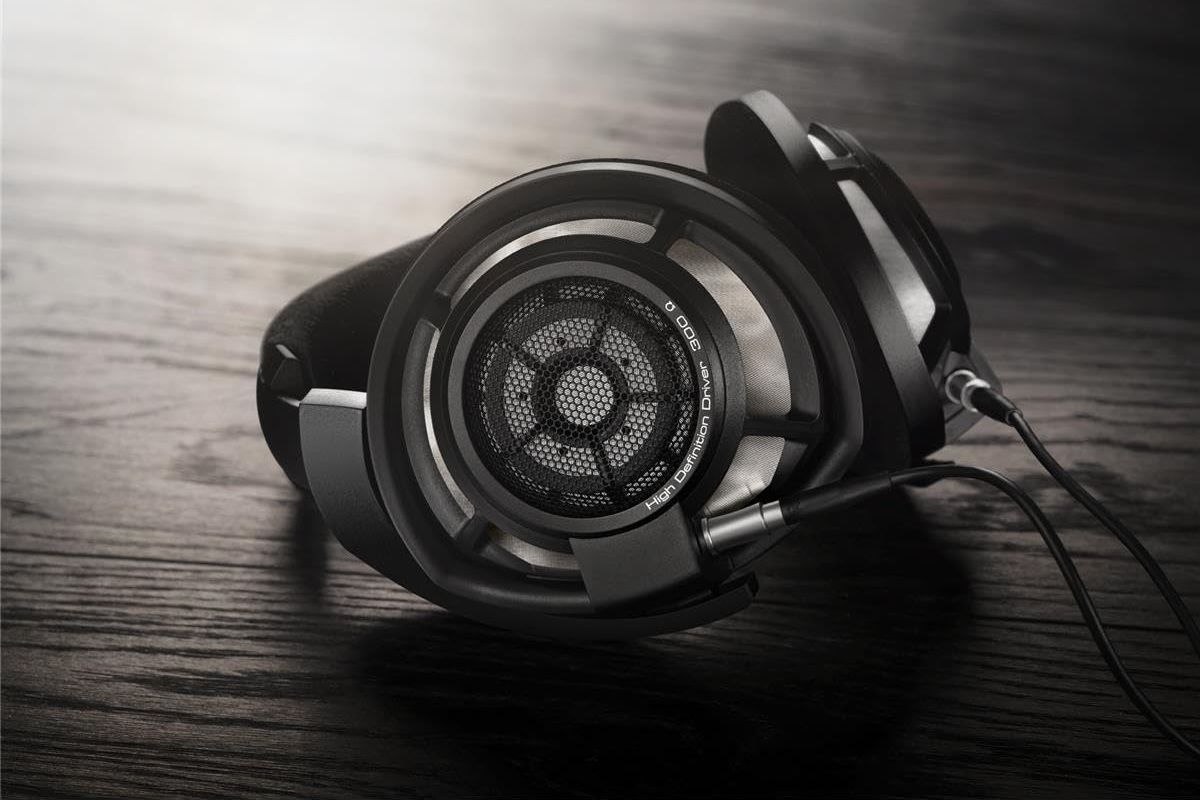
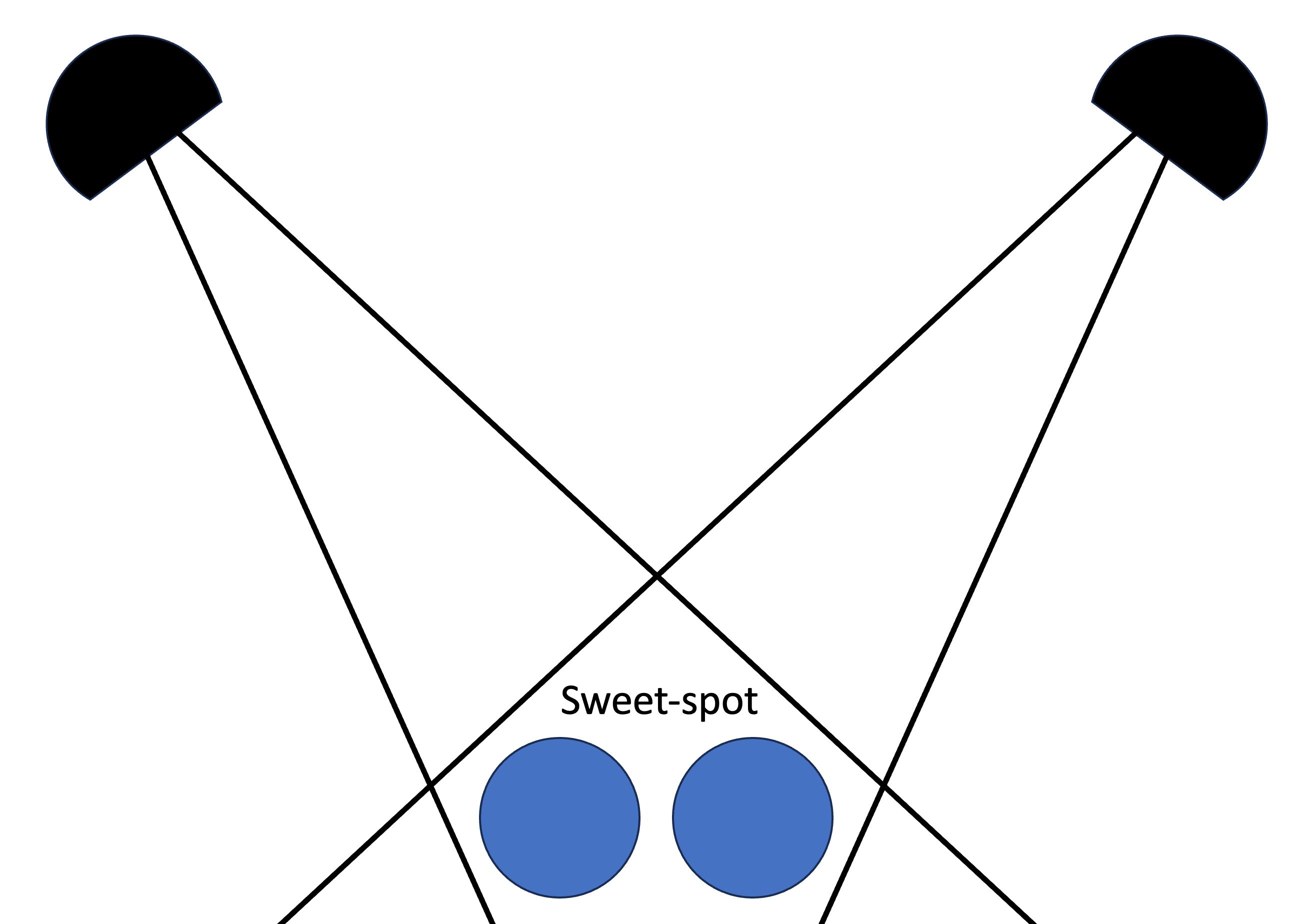






Leave a Comment
Your email address will not be published. Required fields are marked *